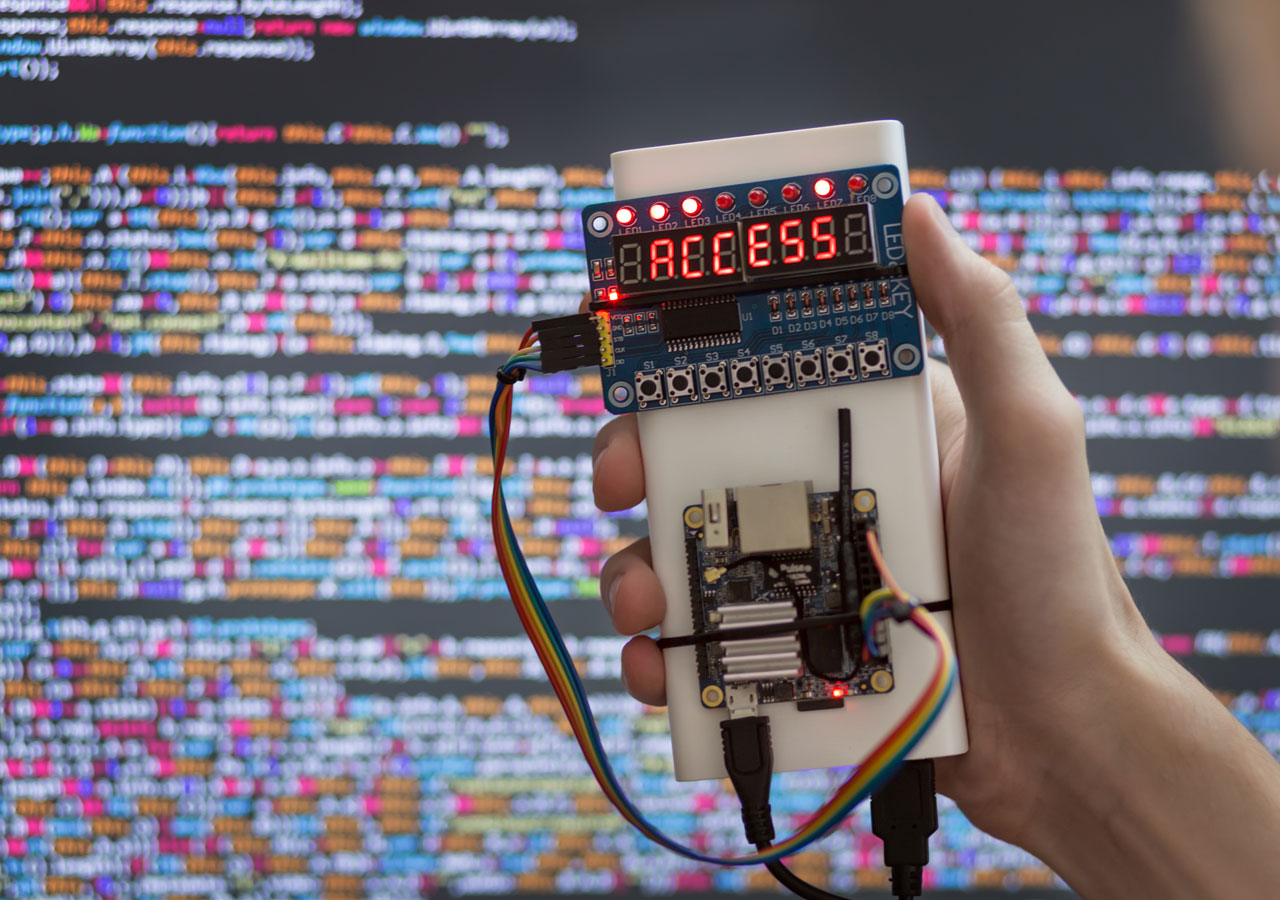How to secure WordPress websites from hackers? What are the basic steps to take? How to prevent hacking attacks?
The most popular and widely used CMS (Content Management System) in the world is WordPress, which has over 40% of market share. It is a free open-source content management system that can be installed on your own website or blog for free. The best thing about it is that you don’t have to pay any money to use its services.
However, with more than 50 million active users, there are also many vulnerabilities in WordPress. Hackers can easily exploit these vulnerabilities to gain access into your site and steal sensitive information such as login credentials and credit card details.
In this article, we will discuss how to protect your WordPress website from hackers and what you need to do before launching your website. We will also provide some tips on how to keep your WordPress website safe after launch.
What Are The Basic Steps To Take Before Launching Your WordPress Site?
Before launching your WordPress website, make sure that you follow these basic security measures:
1. Install A SSL Certificate On Your Website
SSL stands for Secure Sockets Layer. An SSL certificate provides an encrypted connection between your visitors and your server so they can safely view your website. Without an SSL certificate, anyone who visits your website could see all the data being sent back and forth. This includes passwords, usernames, email addresses, etc.
You can purchase an SSL certificate for $10-$50 per year depending on the plan you choose. Some hosting companies offer free SSL certificates while others charge extra fees. If you decide to go with a paid option, make sure you get one that offers 256-bit encryption.
2. Use Strong Passwords For All Accounts
Your password should contain at least 8 characters including numbers, letters, and special symbols. Make sure you change your passwords regularly.
3. Enable Two Factor Authentication
Two factor authentication requires two different methods to log in to your account. One method uses a code generated by your phone or other device. Another method relies on a secret key that only you know.
4. Limit Login Attempts
If someone tries to hack your account, they may try multiple times to break through your login process. You can limit their attempts by setting up a captcha.
5. Keep Software Up-To-Date
If you want to stay safe, always update your software. There are several ways to check if your software is up-to-date. Most web browsers allow you to click on “Check for Updates” when you visit a website.
6. Disable Unnecessary Plugins
Plugins are small programs that add functionality to your website. They come preinstalled on WordPress but you can install additional plugins to improve your experience. However, not all plugins are created equal. Some plugins are designed to help you build websites while others are malicious.
7. Avoid Public Wifi Networks
Public wifi networks are usually unsecured. Anyone can connect to them without having to enter a username or password. Hackers can use public wifi networks to spy on your browsing activity.
8. Backup Your Data Regularly
Backups are essential because they save your data in case something goes wrong. The best way to backup your files is to create a full image of your hard drive using Clonezilla Live CD/DVD.
9. Monitor Log Files
Log files record every action performed on your website. These logs include IP address, browser type, date, time, referrer URL, page views, search terms, etc.
10. Don’t Reuse Email Addresses
It’s easy to accidentally reuse an email address. When this happens, it’s possible for hackers to impersonate you.
11. Consider Using Cloud Storage Services
Cloud storage services like Dropbox, Google Drive, Box, and OneDrive store your documents online. This makes it easier to access your files from any computer or mobile device.
12. Be Vigilant About Spam Emails
Spammers send out millions of emails each day. They often disguise themselves as legitimate businesses or organizations. It’s important to be aware of spam emails so you don’t give away personal information.
13. Install A Firewall
A firewall protects your network against unauthorized users who might attempt to gain access to your system.
14. Back Up Your Site Frequently
You need to back up your website frequently. This includes backing up your database, images, media files, and more.
15. Remove Unwanted Comments And Links
Hackers sometimes leave comments on blogs. They do this to spread malware, steal credit card details, and even sell your contact information.
16. Delete Old Blog Posts
Blogs grow over time. As new posts appear, old ones become less relevant. You should delete older posts once they haven’t been updated in six months.
17. Use Strong Passwords
Your passwords must contain at least eight characters and have a mix of upper and lowercase letters, numbers, and symbols.
18. Set Up An Anti-Malware Program
Anti-malware programs scan your computer for viruses and other malicious code. They also remove these threats before they cause damage.
19. Update Antivirus Software Often
Antivirus software scans the internet for malicious content. Make sure you keep your antivirus program updated regularly.
20. Create A Secure Password Policy
Password policies require users to choose strong passwords. For example, passwords shouldn’t contain dictionary words or phrases. Users should avoid choosing common names and birthdays.
21. Enable Two Factor Authentication (2FA)
Two factor authentication requires users to provide two pieces of information when logging into their accounts. This helps prevent account theft.
22. Disable Browser Cookies
Cookies are small text files stored on your computer. They collect information about your browsing history. If cookies aren’t disabled, hackers can use them to track your activities across multiple sites.
23. Keep Software Updated
Software updates protect your computer by fixing bugs and vulnerabilities. Hackers exploit these flaws to infect computers with malware.
24. Limit User Access To Specific Areas Of Your Website
If you limit user access to specific areas of your site, it will be harder for hackers to get past security measures.
25. Don’t Reuse Email Addresses
It’s easy to accidentally reuse an e-mail address. When this happens it’s possible for hackers to impersonates you.
26. Consider Using Cloud Storage Service
Cloud storage services like DropBox, Google Drive, Box and OneDrive store your docs online. This makes it easy to access your files from anywhere.
27. Be Vigilant About SPAM E-Mails
Spammers send out billions of emails every day. They often disguise their messages as legit business or organization. It’s important to be aware of SPAM emails so you don’t give away personal information.
28. Install An SSL Certificate On Your Website
An SSL certificate encrypts data sent between your browser and web server. Hackers can intercept sensitive information if they compromise your connection.
29. Monitor Log Files
Log files record activity on your website. These logs help you identify potential issues that could lead to hacking attempts.
30. Use HTTPS Everywhere Extension
HTTPS Everywhere is an extension that forces websites to use secure connections. This means that all traffic between your browser and the website is encrypted.
31. Use A VPN
A Virtual Private Network (VPN) creates a private tunnel through which your device connects to the internet. This prevents others from monitoring your internet activity.
32. Use Strong Passwords
Strong passwords have at least eight characters and include both letters and numbers. Avoid using commonly used passwords such as “password” or “123456.”
33. Change Login Credentials Regularly
Change login credentials frequently. Hackers may try to guess your username and password. Changing your login details periodically will make it more difficult for them to break in.
34. Use A Firewall
A firewall protects your network from outside attacks. You can use one built into your router or download a free version.
35. Scan Your Computer Frequently
Scanning your computer for malware helps ensure that no harmful items remain after an attack.
36. Update Antivirus Software
Antivirus software scans files and programs before installing them. It also monitors your system for threats.
37. Back Up Data Often
Back up data regularly. This way, you won’t lose valuable information if your computer gets infected.
38. Create A Backup Plan
Create a backup plan for your documents, photos, videos and other important files. Make sure you know where to find them.
39. Delete Old Documents And Photos
Old documents and photos take up space on your hard drive. That means you’re wasting disk space. Delete old versions of those files to save room.
40. Encrypt Email Addresses
Email addresses are easily stolen by hackers who want to impersonate you. To prevent this, consider using PGP encryption.
41. Enable Two Factor Authentication
Two factor authentication requires users to enter another code when logging into accounts. This adds extra security to your account.
42. Keep Your Operating System Updated
Your operating system should be updated regularly. Hackers often target outdated systems. Keeping your OS current ensures that you aren’t vulnerable to cyberattacks.
Conclusion
If you follow these tips, you’ll significantly reduce the risk of being hacked. However, there’s always a chance that someone might get access to your computer. If you think you’ve been hacked, contact us immediately and we’ll investigate the situation.



0 Comments